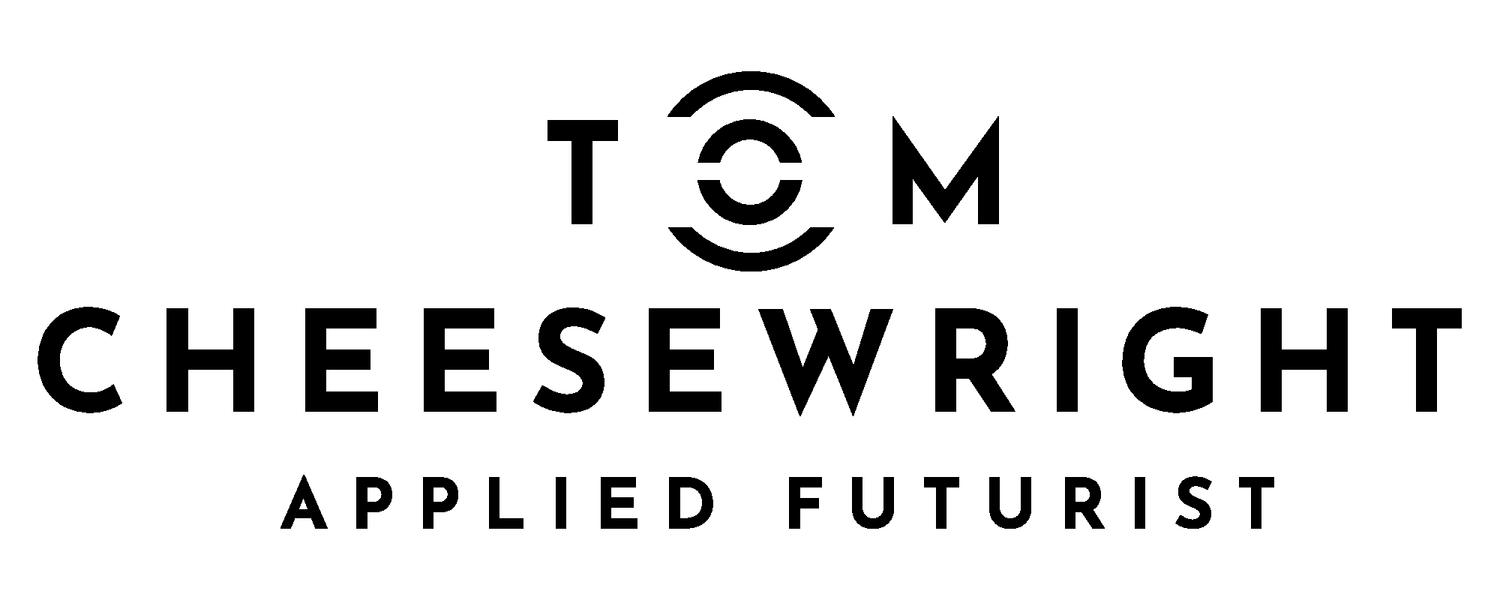Who answers the questions that futurism raises?
There’s a small product design company in Manchester that has designed a $5 solar light. Developed for Yingli Namene, affiliated with one of the world’s largest solar panel manufacturers, it is now being sold in Malawi, Uganda and Zambia by SunnyMoney, the social enterprise created by the charity Solar Aid.
Why is this light important?
Because it offers an extremely low-cost alternative to kerosene lamps. Kerosene lamps are widely used by the nearly 600 million people across the continent of Africa who don’t have access to electricity. Kerosene lamps are dangerous, dirty and expensive to run. Solar lights are free to run, totally clean, and give much better light.Why mention this light? Three reasons.First, this story highlights just how much of a role geography still plays in determining the macro factors that influence your future. This is Gibson’s quote about an unevenly distributed future made very real: while I’m writing about having a robot control my lights, for others the challenge is getting any electric light at all.Second, because it neatly captures some of the ‘supermacro’ issues that affect the big picture of everyone’s future: poverty, inequality, climate change, and of course, technology. While geography remains a huge determinant of the pressures affecting your future, these supermacro trends are playing out in different ways across every continent.And third, because of what it represents: a solution to a well-defined problem — something that I know I can’t deliver.
Answering the questions you raise
Applied futurism provides great tools for questioning the future. And for laying out possible routes to answer those questions. It can even offer a framework for the type of organisation most likely to recognise the right questions early and answer them quickly.But there is a limit. Nothing in the toolkit addresses solution design or implementation at anything beyond the surface layer.If futurists — I and other users of the toolkit — are going to help people answer the questions they raise, then they need partners. People who can follow questions through to a practical answer. Like the $5 solar light.inventid & Future Product are the first partners in what I’m loosely calling my 'Labs' — a collection of formalised partnerships with organisations and individuals who can help clients pursue practical answers to the questions raised by futurism.inventid is an award-winning industrial design studio working in product, packaging and customer experience. Based in Manchester, UK and working with international partners, inventid believes thoughtful design transforms businesses and improves quality of life for people and our planet.Future Product is a spin-out project by the two founding members of inventid and additional board member Kevin Smith. Future Product uses design to activate technology, helping partners understand both the market gaps and operational threats technology presents. Without design, technologies that start in the lab stay in the lab. Future Product was started to help emergent ideas crossover into everyday life more quickly, helping them make better sense to customers, investors and mainstream media.I’m really excited to be working with these teams and we’re already speaking to clients about potential joint projects.I’ll be adding more partners this year and looking for other projects with my clients where they can really make a difference.
